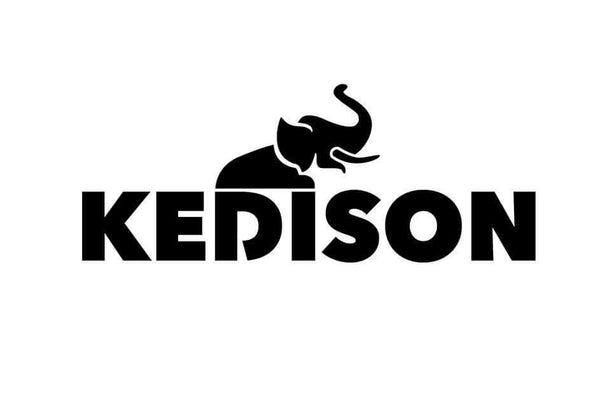
Understanding Expeller Cold Pressing: Debunking Myths About Cold Pressing
Share
When it comes to extracting oil from seeds, understanding the differences between various methods can be crucial for making informed choices. Two common extraction techniques you might encounter are hot pressing and cold pressing. However, there's often confusion between the equipment used (like the expeller press) and the extraction methods themselves. In this post, we’ll dive into the expeller cold pressing method and clarify common misconceptions about cold pressing.
What is Expeller Cold Pressing?
Expeller pressing is a mechanical extraction method where oil is extracted by applying pressure to the seeds. It can be used for both hot pressing and cold pressing, depending on the process employed. At Kedison, we utilize the expeller cold pressing method, which is known for its efficiency and preservation of natural flavors.
Cold pressing refers to the method of extracting oil without the addition of external heat during the extraction process. Instead of cooking and drying the oilseeds before pressing, cold pressing involves sending raw, unheated seeds directly into the expeller. This means that the screw press has to work harder, applying more pressure to extract the oil. Despite the lack of external heat, friction within the press can still generate some heat, which is managed with water-cooling systems to maintain the oil’s quality.
Hot Pressing vs. Cold Pressing
Hot Pressing:
- Preparation: Involves adding heat to cook and dry the oilseeds before extraction. Cooking breaks down the oilseeds at a microscopic level.
- Equipment: Traditionally, hot pressing uses steam-heated cooking vessels or extrusion systems to prepare the seeds.
- Process Efficiency: Heat makes the oil easier to extract, but the process involves multiple steps and equipment.
Cold Pressing:
- Preparation: No external heat is used to cook before pressing. The seeds are pressed raw, requiring more mechanical effort to extract the oil.
- Equipment: Cold pressing may use expeller presses with enhanced cooling systems to manage the heat generated by friction during the process.
- Market Value: Cold-pressed oils are often considered premium due to their minimal processing, retaining more of the natural flavor and nutrients. Discover the benefits of cold-pressed oils.
Key Differences:
- Temperature: Hot pressing involves high temperatures, while cold pressing avoids additional heat during extraction.
- Efficiency and Equipment: Hot pressing might be more efficient in extracting oil due to the pre-processing steps, while cold pressing requires more torque and specialized equipment to manage frictional heat.
Why Choose Expeller Cold Pressing?
At Kedison, we choose expeller cold pressing for our coconut oil because it preserves the natural taste and nutritional value of the oil. Our method avoids the use of chemicals and excessive heat, ensuring that our coconut oil remains pure and rich in its natural flavors. Cold-pressed oils often fetch a higher market price due to their quality and minimal processing, making it a beneficial choice for both our customers and us. Check out our Kedison Viswas Coconut Oil to experience the difference.
Conclusion
Understanding the difference between hot pressing and cold pressing is essential for selecting the right extraction method. An expeller press can be used for both methods, but it’s the process that defines whether it's hot or cold pressing. By choosing expeller cold pressing, we ensure that our coconut oil maintains its high quality and authentic flavor.
We hope this clears up any confusion and helps you make an informed decision about the oil extraction methods. For more information about our expeller cold-pressed coconut oil and how it stands out in the market, feel free to explore our products and learn more about Kedison.
